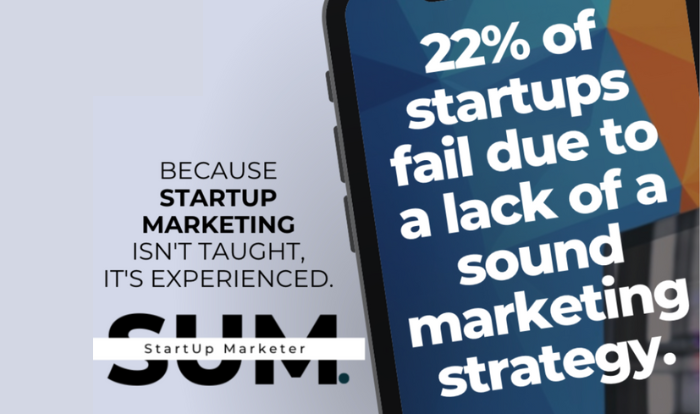Remember when marketing was considered an art that focused solely on the nuances of human behavior and creative visions designed to make emotional connections? Then, as marketing tools evolved, marketers began thinking like scientists and solely powering campaigns by as many different kinds of data as you can think of.
Now, we’re entering a new era — the Art-Science Hybrid — and you can thank the ever-increasing focus on data privacy for it.
Google the term “data privacy” and you’ll get nearly 13 billion results (yes, billion, with a “B”). With new state laws, major data changes from Apple, and the cookiepocolypse that’s rolling out on Google Chrome, data privacy has become a hot-button issue that’s got consumers hot under the collar. According to MarTech Alliance, 84% of survey respondents indicated that they care about privacy, care for their own data, care about the data of other members of society, and they want more control over how their data is being used. And according to Salesforce, 46% of customers feel they’ve lost control over their own data.
Brands are changing course
As brands work to keep consumers happy, marketers have lost control over some of their most precious metrics. For example, Apple’s Mail Privacy Protection update prevents email marketers from including invisible pixels that collect recipient data. As a result, marketers can’t see if Apple recipients opened their email. That’s a big problem considering the iPhone’s native email app has the highest market share at just under 58%, which is far more than Gmail, Outlook, Yahoo! Mail, and Google Android combined.
States legislatures are also coming to the rescue
Starting in 2023, California, Colorado, Connecticut, Utah, and Virginia will all start enforcing comprehensive data privacy laws. All give consumers the right to access and delete their personal information, along with the power to opt-out of the sale of that information. Some require websites to post privacy policies with specific details, while others require businesses to specify how each consumer’s data is being used. It’s not just these states, though. Another 19 states have introduced similar legislation, so there’s likely more legal news to come.
The end result for marketers
Even the most basic of emails or lead generation forms can easily violate one of these laws. And in each of these states, violators face thousands of dollars in fines, attorneys fees, and punitive damages. In Colorado, for example, each violation could cost you a whopping $20,000! The last thing you need is a State Attorney General taking notice of your next nurture campaign.
Of course, these laws are on top of the CAN-SPAM Act, which sets the rules for all commercial emails across the US. Everything from your subject line to your footer must comply with CAN-SPAM. It’s a lot to keep track of, and your marketing tools can help. For example, HubSpot won’t allow you to send an email without an opt-out clause in the footer. It’s also easy to add the proper opt-in boxes to your forms.
Taking full advantage of the Art-Science Hybrid
Data is “currency” for your audience. They will only hand it over when they can get something valuable in return. In other words, you need to capture them with art before you can do anything scientific.
Marketers still have plenty of solid science at their disposal — the first-party data your audience generates while they’re on your website, clicking your emails, or using your app. Put all of those data insights together and you can see the types of experiences your audience prefers. Combine that knowledge with the zero-party data your audience has freely given you in forms and in checkouts (like location, job role, company, preferred products) and you can create segments and make every interaction feel like it was customized just for them.
That’s when art takes over again. Communicating with those segments means putting yourself in their shoes and knowing how to find solutions for their problems and answers to their questions — all while building a creative backdrop that makes your insights stand ahead of the rest.
Yes, it sounds hard, and it is, but that’s the beauty of good marketing. If it was easy, everyone would do it.
In the realm of startup marketing, sending generic campaigns is a perilous misstep. The solution? Segmentation strategies. Dive into our Read more
Turn your startup’s marketing organization into an impact driver with these three elements detailed on The StartUp Marketer blog.
Learn how startup marketers can perfect the art and science of prioritization in this StartUp Marketer blog post.
Startup success requires understanding marketing’s fundamentals, like taking a customer-centric approach. Learn more on The StartUp Marketer blog.





